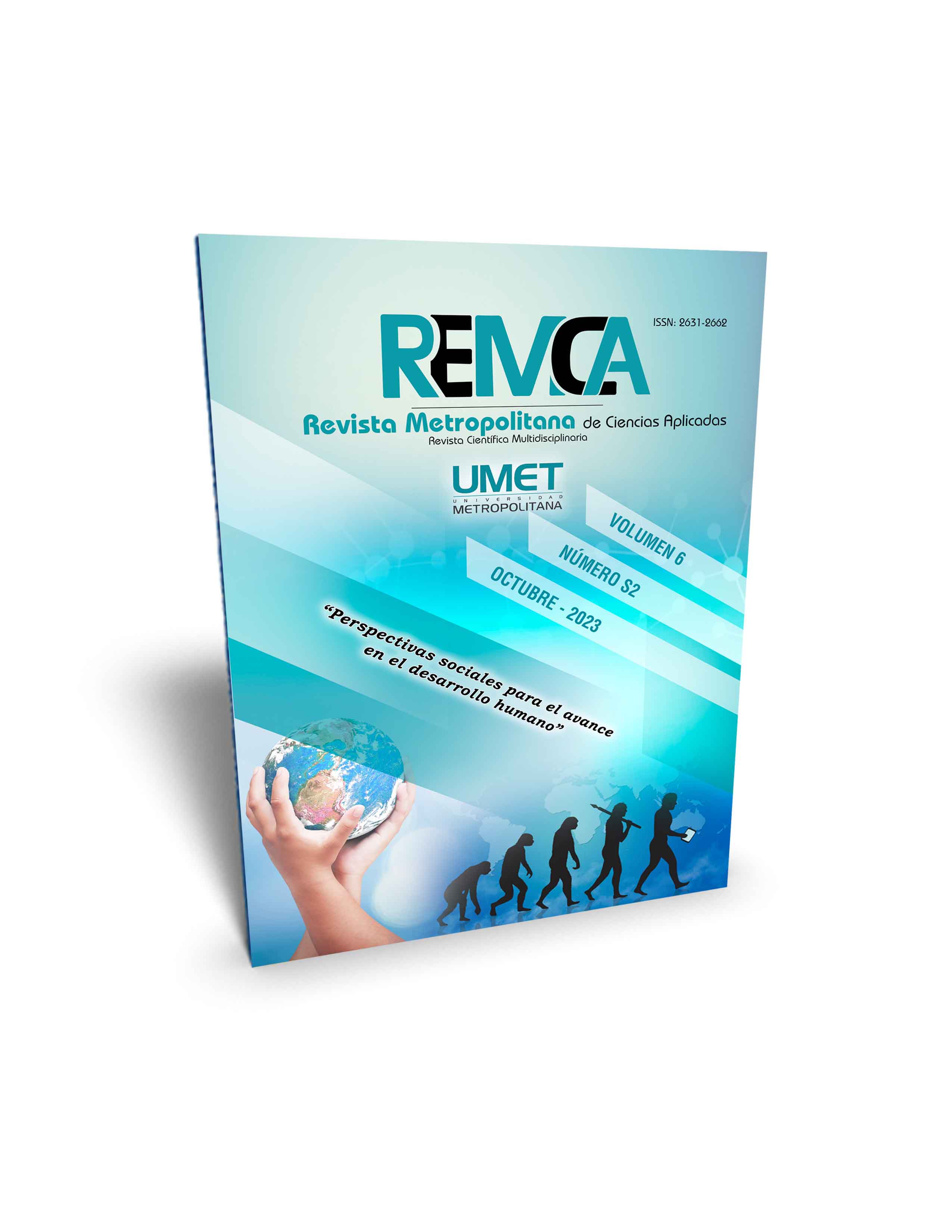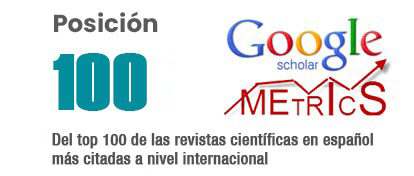Child labor and its impact on the academic performance of children and adolescents in the Guaranda Canton, Bolívar province, 2021-2022
DOI:
https://doi.org/10.62452/1hfrkx47Keywords:
Social problem, performance, vulnerabilityAbstract
Child labor is one of the social problems that cannot be completely eradicated, despite the efforts of the State to create public policies for its mitigation. However, there are vulnerable sectors such as the Guaranda canton, where it has not been possible to completely eradicate this social problem, especially when 46.99% are considered indigenous and, being in the countryside under situations of vulnerability, children and adolescents end up dropping out of school. The objective of this research was to analyze how child labor affects the academic performance of children and adolescents of Guaranda canton, during the school year 2021-2022, through descriptive, deductive and mixed research method, it has been possible to establish that child labor has a negative impact on the proper social and integral development of children and adolescents, affecting their rights; As a result, 8% of them have dropped out of school, and it is clear that children and adolescents are forced to contribute at home, and that their parents are responsible for their care and not the other way around.
Downloads
References
Arredondo, M. (1989). Notas para un modelo de docencia: Formación pedagógica de profesores. ANUIES.CESU.
Clavijo, M. (2012). El trabajo infantil y su incidencia en el rendimiento académico de los estudiantes del centro Educativo de educación básica María Soto. (Trabajo de titulación). Universidad Central del Ecuador.
ECLT, foundation. (2020). Child work, child labour. https://www.eclt.org/en/news/what-is-child-labour
Feldeman, S. (2000). Trabajo infantil en el ámbito urbano en la Argentina. http://www.trabajo.gob.ar/left/estadisticas/DocumentosSUBWEB
Fondo de las Naciones Unidas para la Infancia (2016). Nota de prensa: Situación del Trabajo Infantil en Ecuador. UNICEF. https://www.unicef.org/ecuador/comunicados-prensa/situaci%C3%B3n-del-trabajo-infantil-en-ecuador#:~:text=Evoluci%C3%B3n%20del%20trabajo%20infantil%20en,a%20un%208%2C6%25
Fondo de las Naciones Unidas para la Infancia. (1989). Convención sobre los derechos del niño. UNICEF. https://www.un.org/es/events/childrenday/pdf/derechos.pdf
García, O., & Palacios, R. (1991). Factores condicionantes del aprendizaje en lógica matemática. USMP.
Grasso, P. (2020). Rendimiento académico: un recorrido conceptual que aproxima a una definición unificada para el ámbito superior. Revista de Educación, 20, 87-102.
Organización de las Naciones Unidas. (2022). Noticias ONU. Obtenido de Los Derechos Humanos: https://news.un.org/es/story/2022/05/1508822
Organización Internacional de Trabajo. (1994). Sitio Oficial. https://www.ilo.org/global/lang--es/index.htm
Organización Internacional del Trabajo. (2022). ¿Qué se entiende por trabajo infantil? https://www.ilo.org/ipec/facts/lang--es/index.htm
Pico Merchán, M. E., & Salazar Henao, M. (2008). El trabajo infantil como práctica de crianza: contexto de una plaza de mercado. Revista Hacia la Promoción de la Salud, 13,95-120.
Zeballos, S. (2022). Deserción escolar: una realidad que destruye el futuro. 16 de septiembre de 2022. https://www.forbes.com.ec/columnistas/catfishing-como-estar-alerta-evitar-estafas-sentimentales-n34476
Downloads
Published
Issue
Section
License
Copyright (c) 2023 Ricardo Mauricio Gutiérrez-Guano, Andrés Ernesto Cañizares-Medina, Alex Valle-Franco (Autor/a)

This work is licensed under a Creative Commons Attribution-NonCommercial-ShareAlike 4.0 International License.
Authors who publish in Revista Metropolitana de Ciencias Aplicadas (REMCA), agree to the following terms:
1. Copyright
Authors retain unrestricted copyright to their work. Authors grant the journal the right of first publication. To this end, they assign the journal non-exclusive exploitation rights (reproduction, distribution, public communication, and transformation). Authors may enter into additional agreements for the non-exclusive distribution of the version of the work published in the journal, provided that acknowledgment of its initial publication in this journal is given.
© The authors.
2. License
The articles are published in the journal under the Creative Commons Attribution-NonCommercial-ShareAlike 4.0 International License (CC BY-NC-SA 4.0). The terms can be found at: https://creativecommons.org/licenses/by-nc-sa/4.0/deed.en
This license allows:
- Sharing: Copying and redistributing the material in any medium or format.
- Adapting: Remixing, transforming, and building upon the material.
Under the following terms:
- Attribution: You must give appropriate credit, provide a link to the license, and indicate if any changes were made. You may do this in any reasonable manner, but not in any way that suggests the licensor endorses or sponsors your use.
- NonCommercial: You may not use the material for commercial purposes.
- ShareAlike: If you remix, transform, or build upon the material, you must distribute your creation under the same license as the original work.
There are no additional restrictions. You may not apply legal terms or technological measures that legally restrict others from doing anything the license permits.




